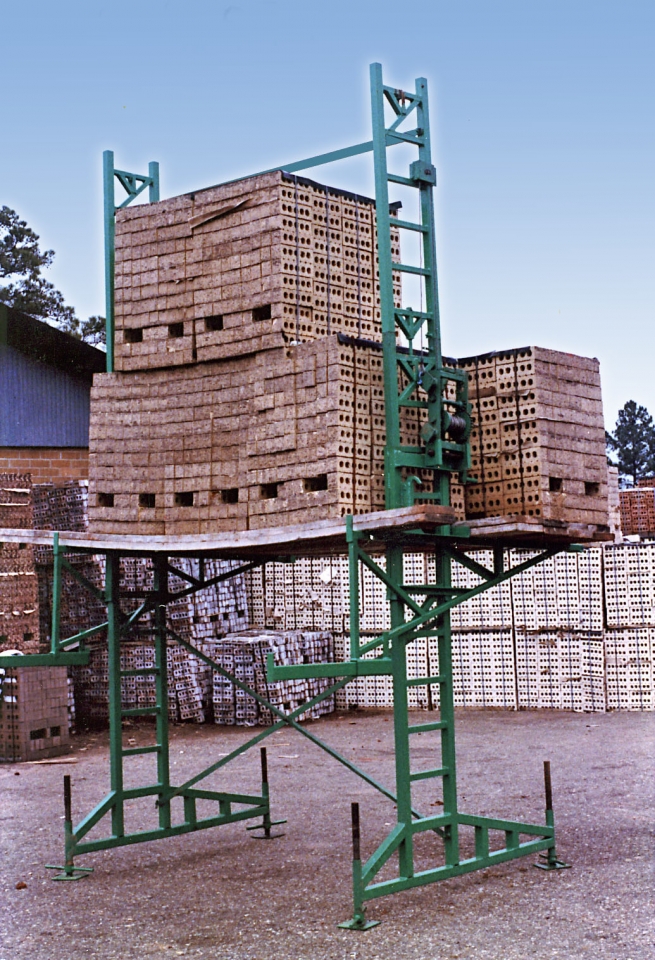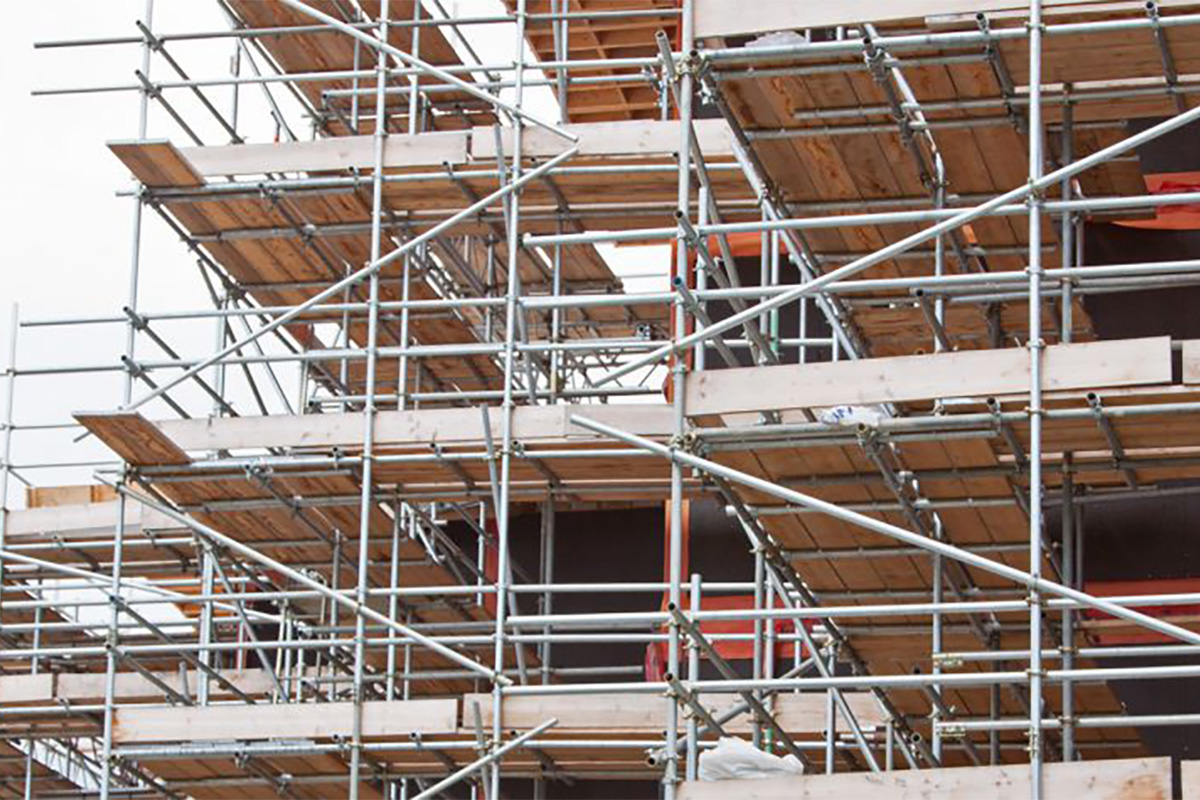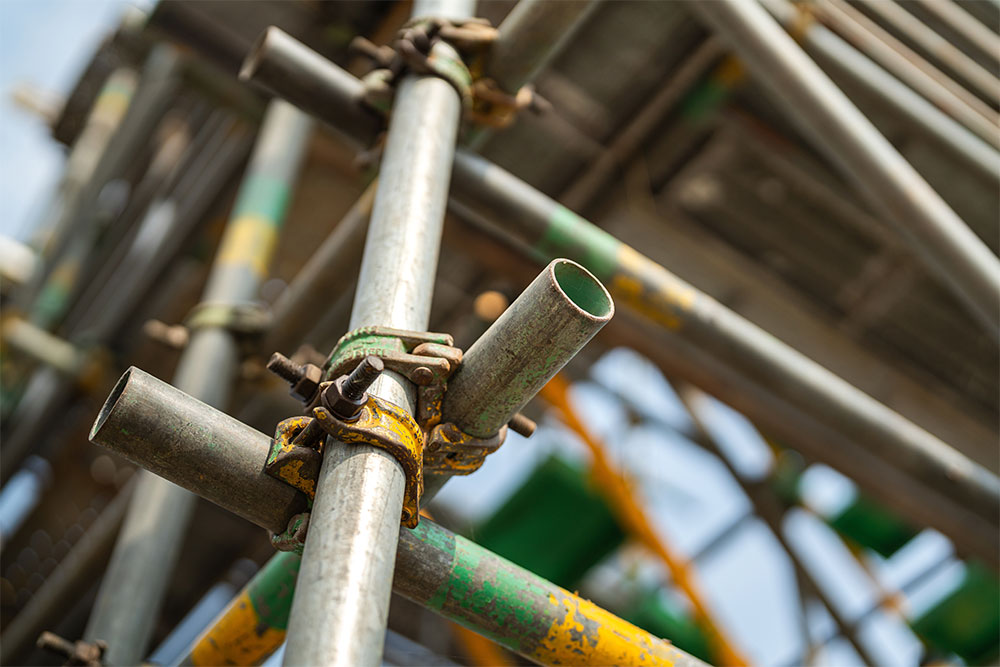Dependable Domestic Scaffolding for Homeowners in Need of Safe Renovations
Dependable Domestic Scaffolding for Homeowners in Need of Safe Renovations
Blog Article
Discovering the Numerous Kinds Of Scaffolding Made Use Of in Building Jobs
The construction market depends greatly on numerous types of scaffolding to satisfy specific job needs, each offering distinct advantages and applications. Traditional structure scaffolding gives a sturdy foundation for general tasks, while put on hold scaffolding is important for work on skyscraper structures.

Standard Framework Scaffolding
Typical framework scaffolding is among one of the most extensively used methods in the building industry as a result of its effectiveness and flexibility. This system includes horizontal and upright frames that are constructed to produce a steady platform for workers and materials. The primary elements consist of upright articles, horizontal journals, and diagonal braces, which together give a solid structure that can sustain considerable tons.
Among the crucial benefits of standard frame scaffolding is its flexibility to various building and construction tasks, ranging from household buildings to large industrial structures. The modular design enables easy setting up and disassembly, making it reliable for both long-term and temporary projects. In addition, the system can be personalized in height and size, accommodating various structure layouts and website problems.
Safety is extremely important in scaffolding applications, and traditional structure systems are furnished with guardrails and toe boards to avoid drops and make certain employee defense. Furthermore, routine examinations and adherence to safety regulations are essential in maintaining the stability of the scaffold. Generally, typical frame scaffolding continues to be a basic choice in the building sector, offering a reliable platform for labor and enhancing overall job efficiency

Suspended Scaffolding
Suspended scaffolding offers an one-of-a-kind solution for construction jobs that require access to elevated surface areas, especially in circumstances where standard framework scaffolding may be not practical. This kind of scaffolding is generally suspended from the roof covering or upper degrees of a framework, utilizing a system of ropes, wheels, and platforms to develop a functioning space that can be adapted to different elevations.
One of the main advantages of suspended scaffolding is its versatility. It can be easily repositioned or decreased to suit adjustments in construction requirements, making it perfect for jobs such as window installation, façade job, and upkeep on skyscraper structures. Furthermore, the very little footprint of put on hold scaffolding permits better use ground room in metropolitan settings, where space is often limited.
Safety is a crucial consideration in using put on hold scaffolding. Correct rigging and anchoring systems must be used to make certain stability and stop crashes. Operators must additionally be learnt the risk-free use this tools. Generally, suspended scaffolding offers a efficient and effective service for accessing hard-to-reach locations in numerous building and construction scenarios, enhancing both efficiency and security on website.
System Scaffolding
System scaffolding, usually considered as a contemporary solution in the scaffolding market, contains pre-engineered elements that can be quickly constructed and adjusted for various construction tasks. Scaffolding. This sort of scaffolding is defined by its modular design, which enables flexibility and effectiveness on job websites, accommodating architectural demands and different heights
Normally made from high-strength steel or light weight aluminum, system scaffolding offers improved durability and stability. The components consist of upright blog posts, straight journals, and angled dental braces, which interconnect securely, ensuring a durable structure. The style usually integrates standardized fittings, simplifying setting up and disassembly procedures, thus reducing labor time and prices.

Rolling Scaffolding
Rolling scaffolding is a versatile alternative to conventional fixed scaffolding, developed for wheelchair and simplicity of use on building sites. This type of scaffolding contains a system sustained by frameworks with wheels, permitting workers to easily relocate it as required. The wheelchair feature substantially improves productivity, as it minimizes downtime related to constructing and dismantling taken care of scaffolding.
Commonly created from lightweight products such as aluminum or steel, rolling scaffolding provides a sturdy yet portable option for tasks requiring regular repositioning - Scaffolding. It is particularly advantageous in tasks such as paint, drywall setup, and electrical job, where accessibility to various elevations and places is necessary
Safety is paramount in rolling scaffolding design, with attributes such as securing wheels to avoid unintentional movement when in usage, and guardrails to secure workers from drops. Furthermore, several designs are flexible in height, fitting various task needs.
Cantilever Scaffolding

The style of cantilever scaffolding typically entails making use read the full info here of braces or arms anchored to a building or framework, allowing the platform to extend exterior securely. Safety is paramount; thus, these scaffolds need to be engineered to stand up to different tons and ecological problems. Routine assessment and upkeep are vital to ensure structural honesty and worker safety.
Cantilever scaffolding is preferred for its convenience and effective usage of area, making it a popular selection in urban settings where area constraints prevail. Additionally, it helps with easier accessibility to high altitudes, eventually contributing to the total effectiveness of construction tasks. Similar to all scaffolding types, appropriate training and adherence to safety requirements are critical for workers utilizing cantilever scaffolding.
Final Thought
Standard structure scaffolding gives security, while put on hold scaffolding supplies convenience for raised jobs. System scaffolding facilitates fast assembly, and rolling scaffolding improves mobility for varying job atmospheres.
Conventional frame scaffolding provides a sturdy foundation for basic jobs, while suspended scaffolding is necessary for work on high-rise structures.Rolling scaffolding is a versatile option to traditional set scaffolding, designed for flexibility scaffolding set and convenience of usage on building and construction sites. As with all scaffolding types, proper training and adherence to safety and security requirements are essential for workers utilizing cantilever scaffolding.
Traditional framework scaffolding gives stability, while suspended scaffolding supplies convenience for raised tasks. System scaffolding facilitates fast assembly, and rolling scaffolding boosts wheelchair for varying job settings.
Report this page